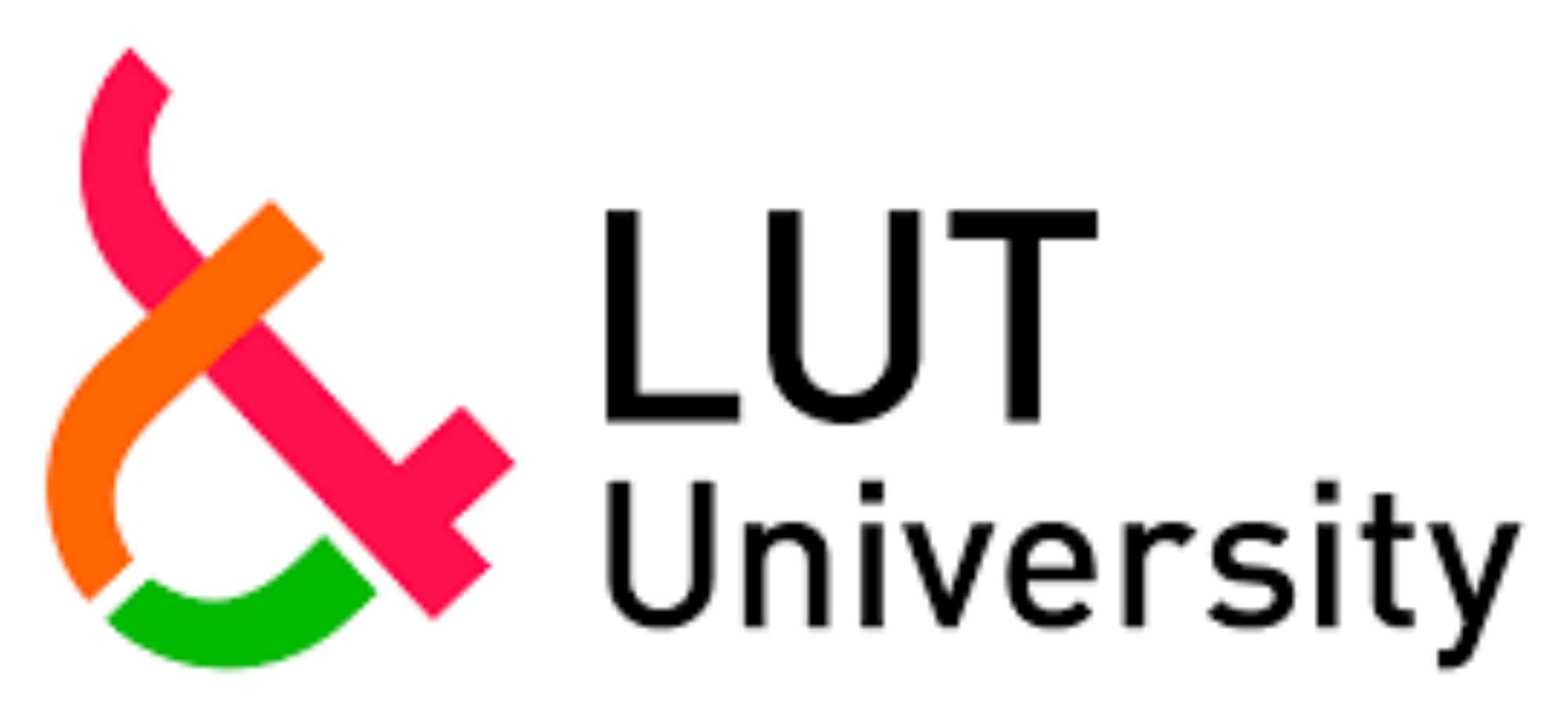Study Mechanical Engineering Courses
Anywhere, anytime
Do you want to know more? Check out this video!
Temeko Project in brief
TEMEKO is a project funded by the European Social Fund. It targets to educate people from the technical field, with four different course modules. Our first offering includes courses in mechanics, machine dynamics, simulation of a mechatronic machine, and the finite element method.
Our main aim is to upgrade the competence profile and improve professional competitiveness of professionals involved in technical fields. We want to help increase skills and support a lifelong learning in top-notch subjects. TEMEKO’s short and concise online courses are available anywhere in world regardless of time. The best of all of this, taking the courses is free.
The background of the project is that the Finnish industry needs more professional mechanics for work, because the number of students and the need for industry don’t meet. Over 36 800 new experts from engineering field are needed in technology industry by 2021. By creating targeted course modules, we help participants to gain knowledge and update their learning profile which will provide companies more skilled workforce and helps Finnish workforce shortage in the long run.
Are you interested in more information about the project? check the about Temeko page.
Study applied mechanics
Get the latest information of subjects relevant to the modern industry
University courses
Engineering courses available to all
Complex Subjects?
No more! Explore Temeko offering
Check the Temeko course offering
Aims
The student will learn theories and practices of structural dynamics and knows how to apply the knowledge in the design of machine systems. He/she is able to model dynamic machine systems, solve the equations of motion in frequency and time domains and analyze the results from simulations and measurements. The student knows the basics of vibrations measurements and experimental modal analysis. The student is able to review and interpret his/her student mate’s simulation results resembling the tasks in the later career. Some of the practical examples and assignments are real-life cases arising from co-operation with industrial companies.
Contents
Aims
After having passed the course module the student is able to understand and
calculate the nonlinear phenomena by using FEM, such as:
– Geometrical and material nonlinearity
– Modelling (type and properties of mesh, elements, etc..)
– Defining of material properties
– Sub- modelling and considering global and local boundaries and loading
– Solving techniques
Contents
In this course the student will get deep knowledge on nonlinearity in engineering applications. These include:
– plasticity
– stability of beams and plate structures
– crack propagation
– vibration
– contact
– thermal problems
– impact loadings and explosions
– examples and applications
Aims
Students who successfully complete the course will demonstrate the following outcomes by tests, homework, and written reports:
– An ability to construct free-body diagrams and to calculate the reactions necessary to ensure static equilibrium in 3D.
– An understanding of the analysis of friction forces.
– An ability to use the principle of virtual work
– A knowledge of internal forces and moments in members
– An ability to calculate kinematics and kinetics for rigid bodies
– An ability to use Newton’s second law and energy and momentum methods for rigid bodies
– A knowledge of basics of vibrations
Contents
Equilibrium of Rigid Bodies in 3D, Analysis of Structures: frames and machines, Forces in Beams, Friction, Kinematics and Kinetics of Rigid Bodies. Force and Acceleration, Work and Energy, Impulse and Momentum Methods for Rigid Bodies. Frictionless Eccentric Impact. One Degree of Freedom Harmonic Vibration, Platform Stimulus, Rotating Unbalance. In general: Differential equations and vector algebra, use of mathematical software.
Aims
The student possesses the theories and practices of mathematical modeling and computer simulation of machine systems, which are hydraulically actuated. The student is able to utilize simulations as an integrated tool of product design and he/she can utilize his/her skills to generalize the theories of engineering design to solve multidisciplinary design tasks and real-life problems. The student is able to compare and justify the use of different constructional solutions for linear and rotating motion mechanism based on their static, kinematic and dynamic analysis. The student is able to individual scientific work to simulate mechatronic machines.
Contents
Principles of multibody dynamics, modelling of actuators, coupled simulation. Use of the concept of virtual work. Constraint equations and Lagrangian multipliers. Inertia of rigid bodies. Modelling of hydraulic components. Numerical integration of the equation of motion. Individual utilization of simulation software, including the principles of how to apply previously mentioned mathematical theories to handling and solving abstract and multidisciplinary problems.
Our partners




